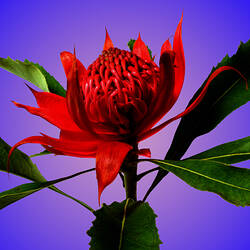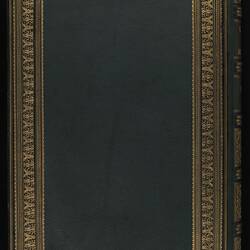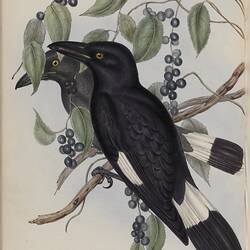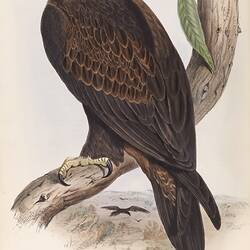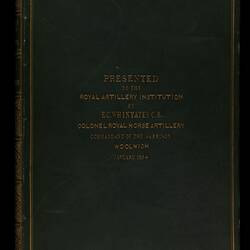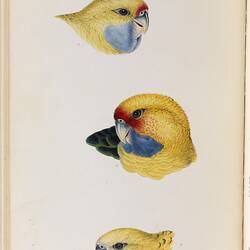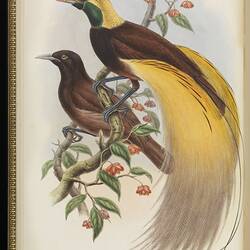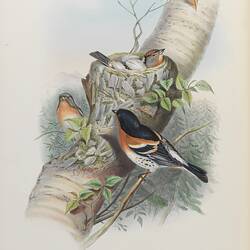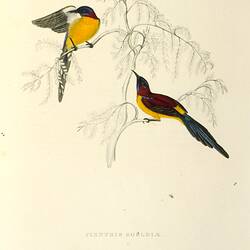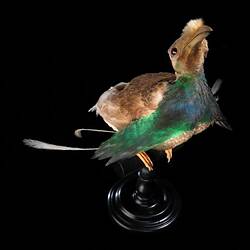A prolific writer, he published numerous scientific articles and 43 volumes of natural history. These were lavishly illustrated with 3100 hand-coloured lithographs. Gould's wife, Elizabeth, prepared the initial sketches and then transferred them to stone engravings. She also completed the initial hand-colourings.
Using such methods, the Goulds completed major works for several continents before turning to the natural history of the new Australian colonies. This was an area uncharted by colonial science, and John Gould's initial attempts were thwarted by a lack of information. The ambitious project commenced with a visit to Australia between 1838 and 1840 to acquire knowledge and material.
Government officers provided accommodation and facilities, and field workers were employed, one of whom was John Gilbert. Much of the material acquired on this visit was undescribed and was subsequently named by Gould.
Shortly after returning to England, Elizabeth died tragically. Gould then relied on other artists to complete his works based on his rough sketches.
Henry Richter (1821-1902) was one such artist. He prepared 595 lithographs for Gould's seven-volume The Birds of Australia. The lithographs were then hand-coloured by a team of artists using 'pattern plates' as guides, which indicated what colours to use and where. The completed lithograph derived from this watercolour appeared in the Supplement to the Birds of Australia, published in London between 1851 and 1869.
More Information
-
Keywords
Natural Sciences, ornithological illustrations, Illustrations
-
Authors
-
Article types

